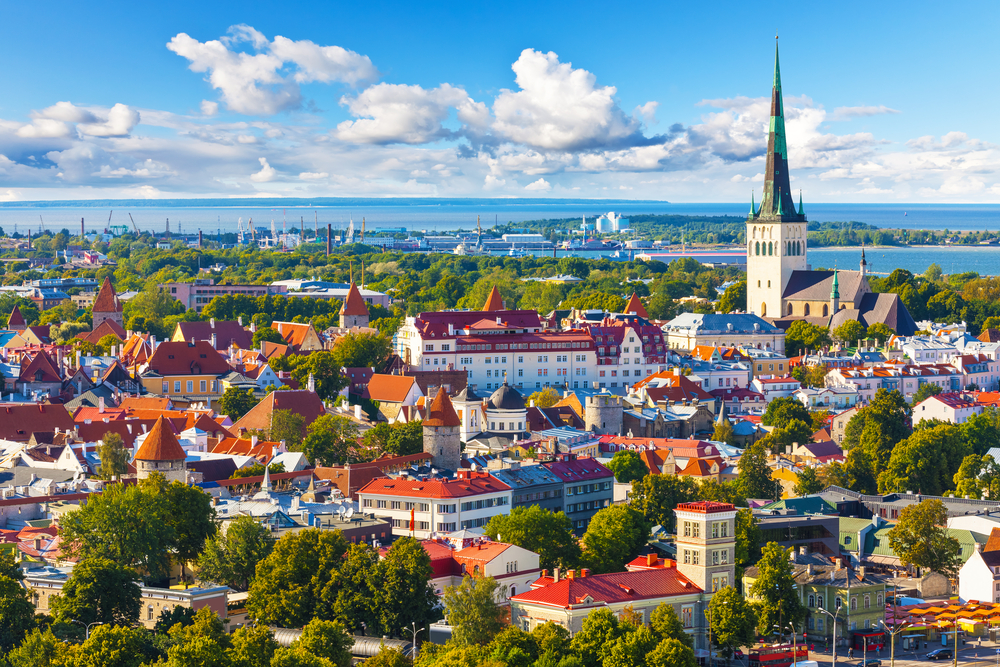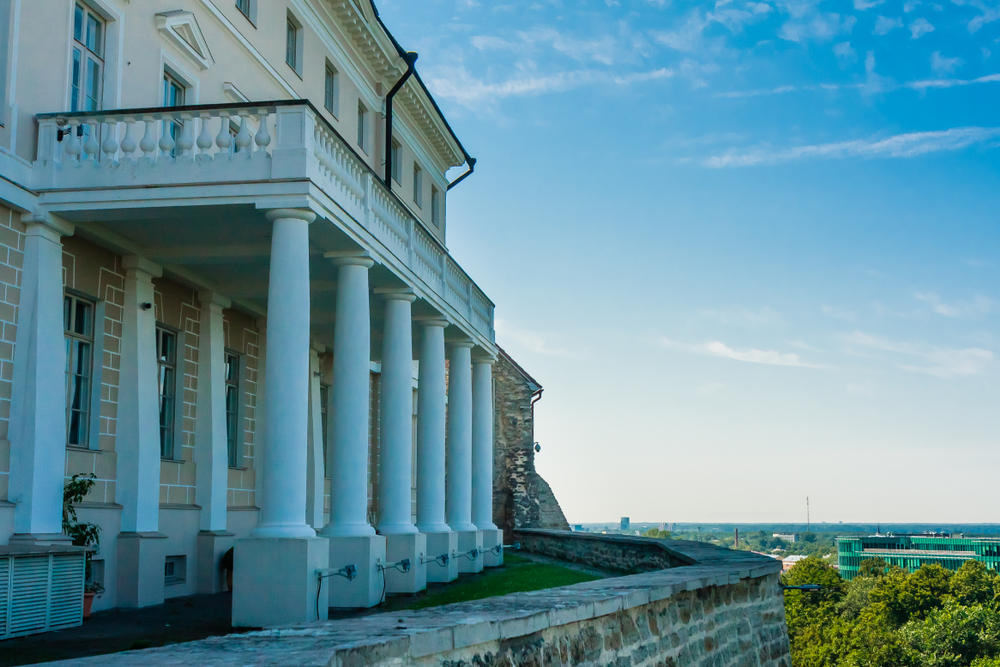Country
Local Long Form: Eesti Vabariik
Local Short Form: Eesti
Formerly Known As: Estonian Soviet Socialist Republic
Etymology: Name may derive from the Aesti, an ancient people who lived along the eastern Baltic Sea in the first centuries AD.
Capital
Tallinn: The Estonian name is generally believed to be derived from Taani-linn, originally meaning "Danish castle" and now meaning "Danish town," after a stronghold built in the area by the Danes. It also could have come from tali-linn meaning "winter castle" or "winter town" or talu-linn meaning "home castle" or "home town."
Geographic coordinates: 59 26 N, 24 43 E
Time Difference: UTC+2 (7 hours ahead of Washington, DC, during Standard Time)
Daylight Savings: +1hr, begins last Sunday in March, ends last Sunday in October
Independence
Date: 20 August 1991 (declared), 6 September 1991 (recognized by the Soviet Union)
Constitution
History: Several previous; latest adopted 28 June 1992.
Amendments: Proposed by at least one-fifth of Parliament members or the president of the republic. Passage requires three readings of the proposed amendment and a simple majority vote in two successive memberships of Parliament. Passage of amendments to the "General Provisions" and "Amendment of the Constitution" chapters requires at least three-fifths majority vote by Parliament to conduct a referendum and majority vote in a referendum. Amended several times; last in 2015 (2016).
Legal System
Civil law system
Citizenship
Citizen By Birth: No
Citizen By Descent: At least one parent must be a citizen of Estonia.
Dual Citizenship Recognized: No
Residency requirement for Naturalization: Five years
Suffrage
Suffrage: 18 years of age, universal, age 16 for local elections
Executive Branch
Chief of State: President
Head of Government: Prime Minister
Cabinet: Cabinet appointed by the prime minister and approved by Parliament
Description: Estonia’s executive branch directs and coordinates domestic and foreign policy. It is led by the president and a cabinet of 12 government ministers, including the prime minister. The president also may appoint their other ministers without portfolio (meaning they do not head any special government ministry). The president is indirectly elected by Parliament for a five-year term and is eligible for a second term. If a candidate does not secure two-thirds of the votes after three rounds of balloting, then an electoral college consisting of Parliament members and local council members elects the president, choosing between the two candidates with the most votes. The prime minister is formally nominated by the president and approved by Parliament. In practice, the prime minister is typically the leader of the senior party in the governing coalition. The prime minister holds the most power, while the president is mostly a figurehead.
Legislative Branch
Description: Estonia’s main lawmaking body is the unicameral Parliament (Riigikogu). It contains 101 seats, with members directly elected in multi-seat constituencies by proportional representation vote to serve four-year terms. Parliament’s primary power is in levying taxes and establishing a budget. It also ratifies major foreign agreements that impose military and proprietary obligations and is empowered with certain checks and balances over the executive branch.
Judicial Branch
Description: Estonia’s highest judicial body is the Supreme Court, which consists of 19 justices, including the chief justice, and is organized into civil, criminal, administrative, and constitutional review chambers. The chief justice is proposed by the president and appointed by Parliament. Other justices are proposed by the chief justice and appointed by Parliament. Justices are appointed for lifetime terms. Subordinate courts include circuit (appellate) courts, and administrative, county, city, and specialized courts.
Article written for World Trade Press by David Warfield, with added content from United States CIA World Factbook Copyright © 1993-2025 World Trade Press. All rights reserved.






